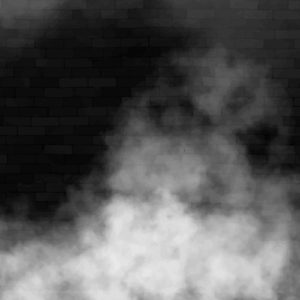Airborne Particulate Monitoring on Construction Sites
Airborne particulate monitoring is an important part of maintaining safe and compliant construction sites. Activities like demolition, earthmoving, and material handling can release large amounts of...




